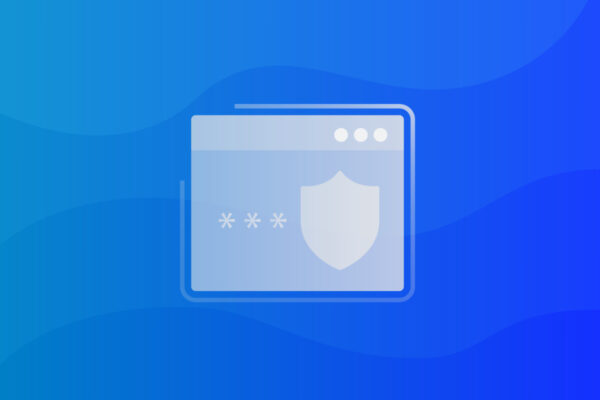How to do a Backup Using Cloud Storage
A golden rule for any disaster recovery plan is to have a minimum of three copies of your data, with at least one of those backups offsite. Cloud storage is one of the more popular offsite methods for backing up data — particularly as an enterprise solution— because of its scalability.
This article will explain what a cloud backup is and how to do a backup using cloud storage.
What is Cloud Storage?
Cloud storage is an online solution to data storage. Unlike local storage, which is held nearby the source or on-site, data in the cloud is held at a remote location. Cloud storage is provided and managed by an outside organization, either by a company that has its own data centers or a company that utilizes a third-party cloud. Clouds can be public, private, or hybrid with private clouds coming at a significant premium in terms of cost.
Cloud Backup vs. Cloud Storage
It’s important to understand the difference between cloud backup and cloud storage. Cloud storage acts as an extension to your hard drive, either as the primary storage or a backup of specific categories of files – most commonly photos, documents, and other media. Common cloud storage services include Apple’s iCloud, Dropbox, and Google Docs.
Unlike cloud storage, a cloud backup isn’t an expansion of your on-site storage capability or a backup of only portions of your files. Instead, a cloud backup is a copy of all of your system’s data that is stored in the cloud and used for disaster recovery and business continuity.
Pros and Cons of Cloud Backup
There are many advantages to cloud backups. They are more easily scalable than local backups, which makes them a popular enterprise backup solution. They are accessible from anywhere, adding to their convenience. And, because the backups are conducted offsite, they won’t be impacted by disasters like floods, fires or theft that could occur at the location of your local backups.
One of the biggest disadvantages of cloud backups is that if working with an inadequate vendor, the process can be slower than local backups, given their distance from the source. There are also security and control concerns that come with the use of cloud backups given your data is being managed by a vendor versus internally. Be sure to vet your third-party company well.
How to Backup Using Cloud Storage
Backing up using cloud storage requires asking questions to vendors and then choosing the one that’s right for you.
- How much are you willing to spend?
- Is a private or public cloud a better fit for your needs?
- Does the service provider use its own data centers to store your backup, or does it use a third-party cloud?
Many companies that provide cloud backup solutions may feature different options for data recovery that could impact the speed or cost of a full restore – how quickly do you need your system back up in the event of a disaster? These are just a few examples of what you’ll need to know about cost, security, and infrastructure before making an informed decision.
A cloud backup is a popular choice for the offsite component of a disaster recovery plan, but it’s important to research the many options available and make an informed decision on what vendor’s services are right for you. Consider cost, security, and infrastructure when choosing a service provider.
Are you ready to start protecting your data? Try a risk-free demo with Datto today.



